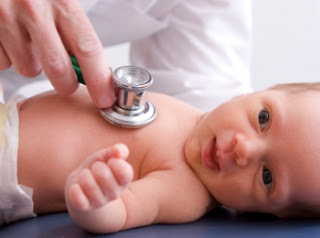◆ Factor II (prothrombin)
◆ Factor V (proaccelerin or labile factor)
◆ Factor VII (proconvertin or stable factor)
◆ Factor VIII (antihemophilic factor A, antihemophilic globulin)
◆ Factor IX (antihemophilic factor B, plasma thromboplastin
component, Christmas factor)
◆ Factor X (Stuart-Prower factor)
◆ Factor XI (plasma thromboplastin antecedent)
◆ Factor XII (Hageman factor)
One-stage Assay: Intrinsic Coagulation System
Factor VIII: 55–145% of control
Factor IX: 60–140% of control
Factor XI: 65–135% of control
Factor XII: 50–150% of control
One-stage Assay: Extrinsic Coagulation System
Factor II: 50–200% of control
Factor V: 50–150% of control
Factor VII: 65–135% of control
Factor X: 45–155% of control
. Blue-top tube.
■ Coagulation is a cascade of events involving over 30 different
substances. It causes circulating substances within the blood
to coagulate into a gel, forming a protective barrier over
injured body tissues or blood vessels.
■ Although the completion of clotting follows a common path,
clotting can be initiated by either the intrinsic or the extrinsic
pathway. Both pathways are usually triggered in tissue or
blood vessel injury; however, in hemophilic diseases,
alterations in intrinsic factors cause the bleeding disorder. In
DIC, multiple clotting factor abnormalities occur.
■ In addition to the above eight factors, tissue factor (tissue
thromboplastin) released by damaged cells, thrombin,
fibrinogen, and calcium are integral to clot formation.
■ Clotting factors are assessed to determine the cause of
bleeding disorders. Fibrin degradation products, D-dimers,
and plasminogen are also measured in coagulopathies and
represent the process of clot dissolution or the fibrinolytic
system.







